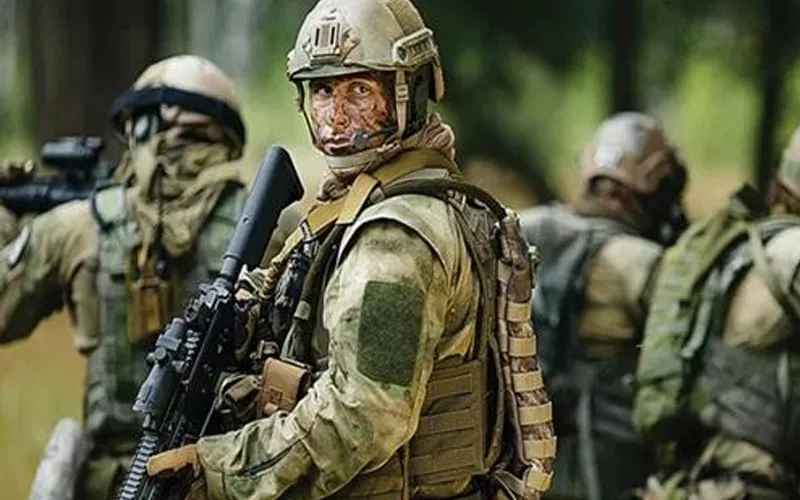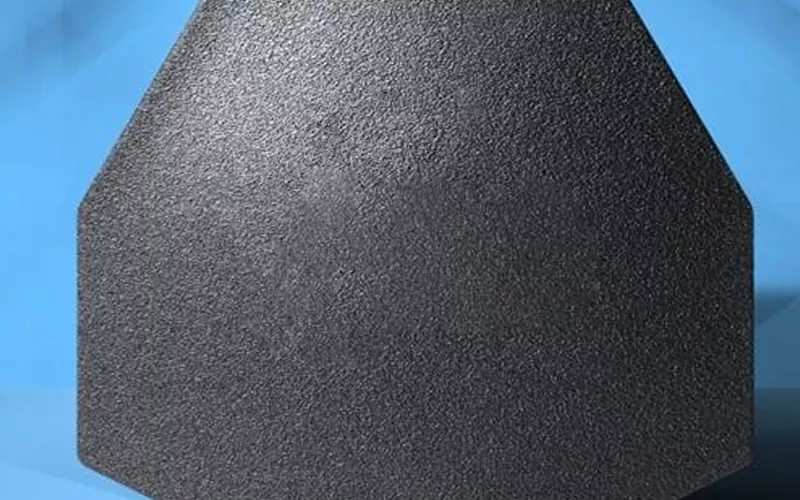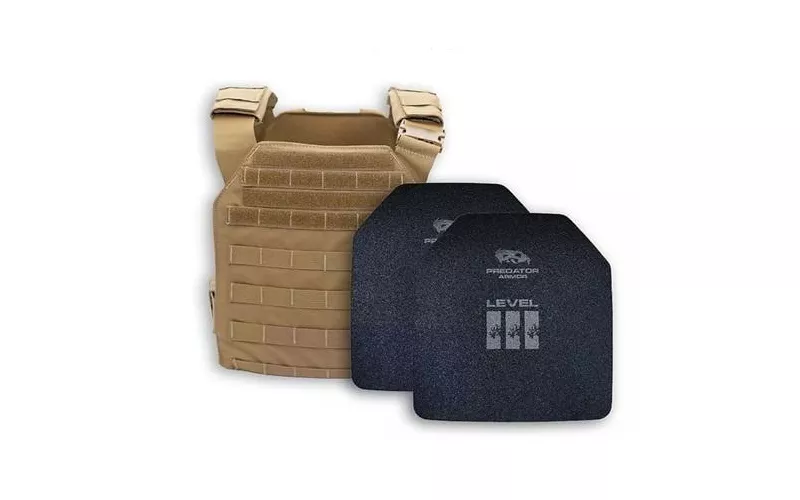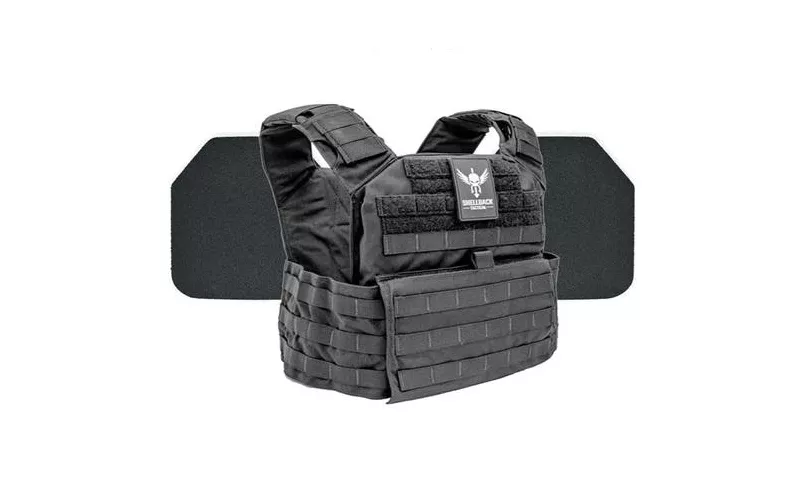The unparalleled properties of ceramics have led to its usage in various fields of interest. The strength, durability insulation properties and structural stability are some among the best of it. The ceramic armors constitute the future body Armor. Let’s discuss on Alumina ceramic body armor and what makes its special.
Quick links
- All you need to know about Body Armor Protection levels
- A detailed overview on the best performing levels in Armor plates
- Alumina Ceramic body Armor
All you need to know about Body Armor Protection levels
Offering appropriate protection for the personnel in defence is often crucial for countries. Understanding the levels of protection are henceforth important to choose the best Armor plates. Let’s have a look at the different levels of protection and types of Armor plates.

According to the National Institute of Justice there are about five levels of armor protection as listed below. The levels indicate the Armor’s efficiency to resist different velocities.
|
Types Of Levels |
Description On the Protection Feature |
|
LEVEL II A |
Level II A plates work in lower velocity ranges of 9 mm and offers protection against 0.4 ammunition |
|
LEVEL II |
Level II plates offer higher protection range of 0.357 magnum and works at a velocity range of 0.4 mm. |
|
LEVEL IIIA |
Level III A body armor resists 5 shots of 9 mm and 0.44 ammunition. |
|
LEVEL III |
Armor level III offers protection against higher end bullets. Level 3 plates work at a velocity range of 7.62 mm or 0.302 of ammunitions |
|
LEVEL IV |
Level 4 armor plates are often referred as the highest protection as indicated by NIJ. They resist rounds of ammunitions. |
|
LEVEL V |
Level 5 plates are quite hypothetical but are expected to offer superiors protection even above Level IV armor plates. |
A detailed overview on the best performing levels in Armor plates
The above table had a glimpse on the different types of armor plates. Now let’s discuss on the best performing body armors of today
Level 4 plates
Level 4 body Armor are the best in the market as per NIJ. The level 4 armors are designed for the most powerful rifle. It resists gun fires at a level of 15 m or more. The ammunitions resistance offered is in between 0.3 – 06.
Coming to the constitution of the level 4 plates, level 4 armors have 2 main areas. The front of armor is the strike face followed by a backer. The global manufacturers use ceramic, polyethylene, E – Glass or equivalent for the manufacture of level 4 body Armor.
How are Level 4 body armors made: Detailing on the type of Level 4 Armor plates?
Level 4 Armor vests are made of majorly three materials. They are steel, Ceramic and polyethylene. Hence each type Level 4 bulletproof vests has its own unique properties depending upon the material used in it.
Level 4 ceramic body Armor plates
Level 4 Armor vest made up of ceramic are quite popular and widely used. The major items for the manufacture of the same include ceramic fibres. A resin is used to bond the ceramic material with aramid woven fibres.

The material property of ceramic makes the level 4 ceramic body Armor plates shatter the round force. Since the energy of motion is dispersed, the impact on the personnel is less.
There are many global manufactures offering Level 4 Armor vests made up of Ceramics. For example, the product 1155 model of the RMA are both cost effective and offers extreme protection. They are tightly wrapped and hence offer good water resistance. The RMA Level 4 ceramic plates are also multi hit rated.

Given below is the major specs of RMA Level 4 ceramic plates
Multi Hit Performance
Multi or Single curve available
Sapi & Swimmers cut model
Ranges are 10×12 and 11 x14
Thickness around 1 “
NJ 06 Level rating
Level 4 steel plates
Level 4 Steel Armor plates also is one among the best choices among level 4 Armor plates. They are made up of High performing steel provided with Spall lining. The spall lining often protects from the fragmentation which might cause due to the shattering of the armors.

Level 4 steel Armor plates are often considered to be heavier than the ceramic plates. However, they are more durable than ceramic plates. The frequency of replacement of the Level 4 steel plate comparing to ceramics are often termed less. The major drawbacks of Steel Armor plates are they tend to be less efficient in dissipating the impact energy.
Polyethylene Level 4 plates
Polyethylene plates are termed to be lightest among the Level 4 plates. Polyethylene Armors are made up of high-density polyethylene layers, cut and layered to form armors. They are often easy to carry due to their light weight. Polyethylene armors also resist higher rounds of fire and are flexible.

Polyethylene armors can be the best armors when it comes to law enforcement and daily duty. They can substitute both ceramic and steel and doesn’t induce any back pain. They are cheap when compared to Ceramic and steel plates.
Polyethylene armors are prone to wear and tear and are not durable like ceramic body armors. They often get damaged upon exposure f UV radiation.
When and where to use Level 4 armors?
Concerning to level 4 and 3 Armor plates, any usual duty doesn’t require this protection. Level 4 armors offer lesser coverage when it comes to handguns hence Level III A is preferred. They are used to deal with targets of 9 mm mostly from hand guns.
Level 3 body Armor
Level 3 body armors are designed to resist a single M855 rounds. Since they resist M193, they are often named as Level 3 plus armors. Level 3 plates are often deployed in military and law enforcements They are conditioned against a mass of 9.6 g and deals with a velocity of 847 m/s.

What is level 3 body armors made of?
Level 3 Armor plates are made of generally Ceramic, ultra-high molecular weight poly ethylene and steel. The ultra-high molecular weight Level 3 plates are often light and are durable. They are lighter when compared to steel and ceramic and excels in heat dissipation. The price of these plates is very high and they often fall in short of resisting rounds of firing.

Steel body armors of Level 3 suffer from fragmentation. They are made of high-grade steel and are on the heavier side. The fragmentation of these Level 3 steel armors sometimes results in bullet impacts to the individual.
Ceramic body Armor has a ceramic striking face and a composite backer. They often crack and are brittle which retards the protection ability.
Alumina Ceramic body Armor
Modern ceramics has been replacing steel in the body Armor industry. The extreme hardness, strength, wear and tear resistance and heat dissipation of ceramic makes it an ideal material in body armors.

Coming to alumina ceramics the extreme hardness of the material makes it ideal at the warfront. The material is basically impact resistant and cause less deformation. The high velocity of the incoming bullets is absorbed by the material when used as body Armor. They are easily to wear and offers less in weight .
Properties of Alumina Ceramic Armor plates
The main properties of Ceramic Body Armor plates made up of Alumina are as follows
-
Light weight and extreme hardness
-
Higher impact resistance
-
Stability under harsh conditions
-
Wear and tear resistance and structure stability
-
Often used as a constituent material in Level III and Level 4 body Armor plates

The technical parameters used to evaluate the efficiency of using the Alumina ceramic based body armors are indicated as below:
|
Property |
Values |
|
Thickness |
3 – 25 mm |
|
Density |
3.88 g/cc or more |
|
Impact resistance |
2.2 J/cm2 or more |
|
Modulus of elasticity |
320 GPa or more |
|
Amount of Al2O3 present |
98% or more |
|
Vickers hardness |
Equal to or more than 1500 |
The alumina ceramic body Armor constitutes of Alpha alumina as the material make. These bullet proof vests are extremely durable. The alpha alumina is double sided pressed and fired in the furnace to make the Alumina ceramic based body Armor. The material also excels in instances of bombing or firing where extreme protection is very much needed.
Where is alumina based ceramic body Armor used?
Alumina based body Armor finds its application in where cost and weight are both monitored. Thet are basically lightweight and are used against high velocity rifle rounds. They are useful against small handguns and even on lower velocity situations.
Bottom Line
The Armor plates depending upon the NIJ defined protection are used in various contexts. Higher among is Level III and Level IV Armors. The future armors are often the ceramic or armors made up of advanced material such as Alumina. Alumina has been promising in its functionality in the Armor industry.